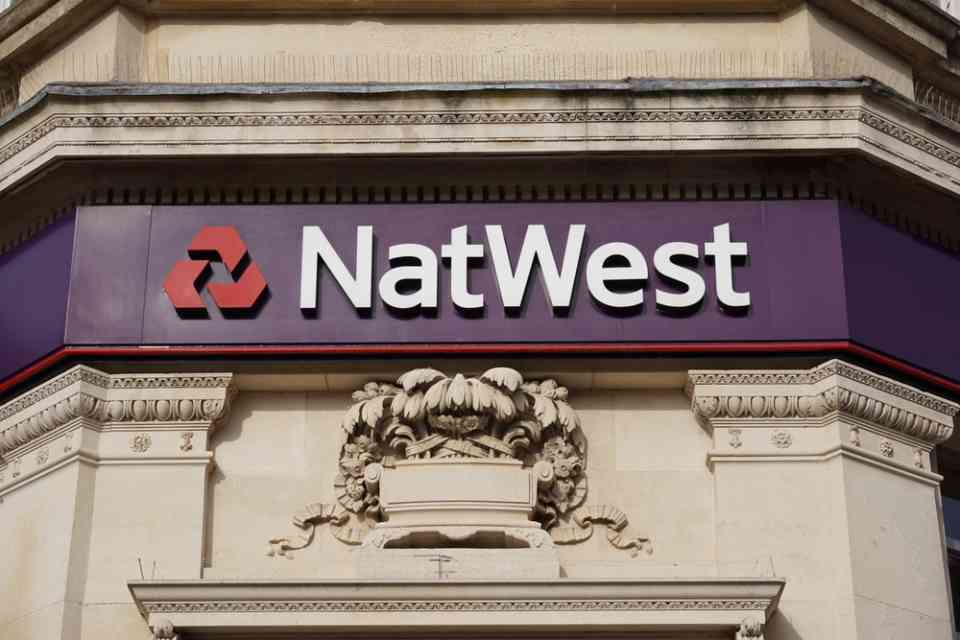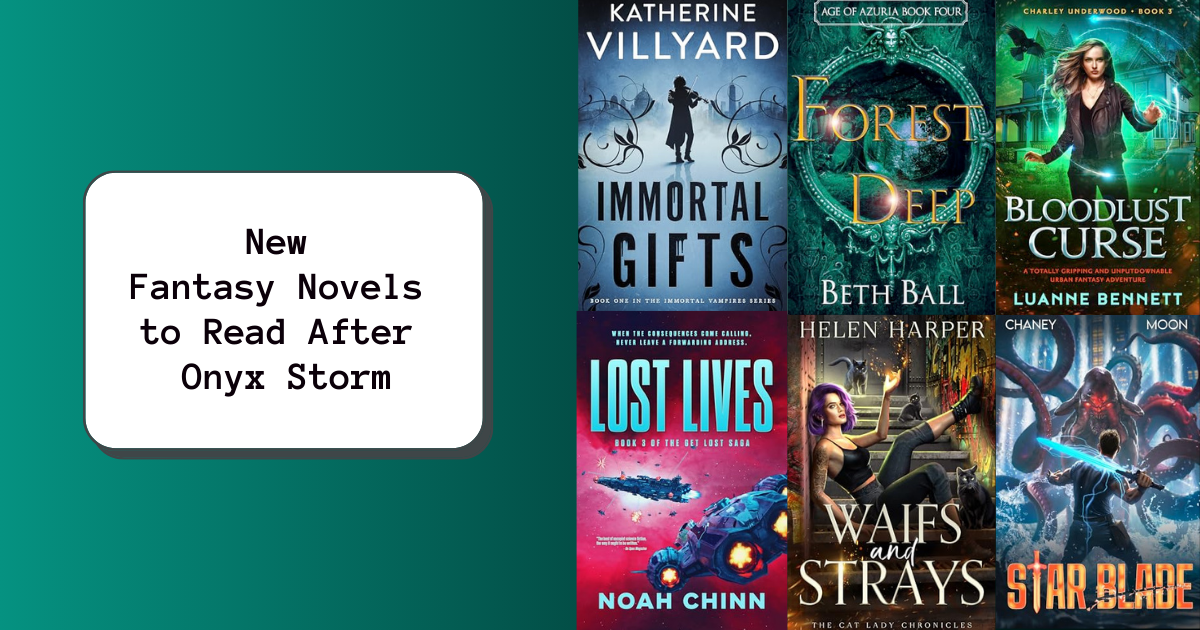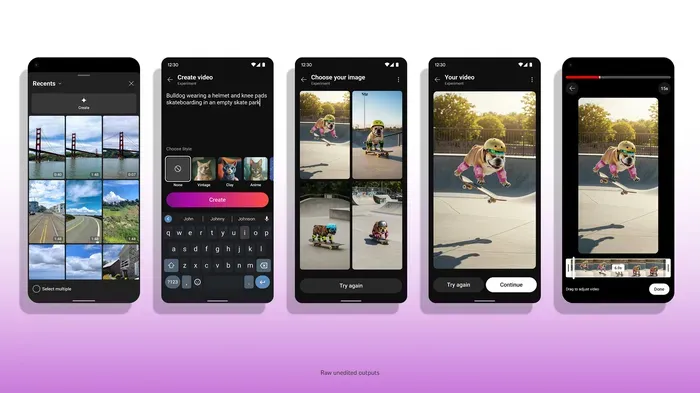Regardless of your industry, you must identify each consumer touchpoint and comprehend how and why customers interact with your company. This is precisely why companies create a customer journey map and try to figure out how to improve user experiences.
Customer loyalty, improved customer service, and increased ROI are three things that every company prioritizes. Although it won’t happen overnight, it is always possible with the right tools and efforts.
The customer journey map is one such tool, and it ranks near the top of the list of effective tools for driving customer-focused change.
What Is A Customer Journey Map?
A customer journey map is a tool for visualizing the customer’s experience when interacting with your brand. This map is essential because it forces you to consider how your customers experience your brand as opposed to how you believe they do. You can better meet your customers’ expectations if you better understand their needs.
It depicts each step of the customer’s interaction with your company in chronological order. A customer journey map typically begins with the customer discovering your product/service and can be as long as you want it to be, depending on your goal.
Along the customer journey, it reveals customer actions, emotions, pain points, and expectations. It also allows the company to see things from the customer’s point of view, which aids in the company’s understanding of the customer’s needs.
Types Of Customer Journey Maps
Customer journey maps can take many different shapes, depending on the scope of your map and the types of insights you’re looking for.
The following are the common types of customer maps:
1. Customer journey maps in their current state: These maps show you where you need to improve your product based on recent customer experiences.
2. Customer journey maps based on a day in a customer’s life: These show you snapshots of your customer’s day, including their actions, touchpoints, and emotions. It might or might not have anything to do with your brand.
The goal is to get a general sense of your customers’ frustrations and motivations on a daily basis. This enables you to create delightful moments and reduce friction in your product.
3. Future state customer journey maps: Unlike current state journey maps used to identify issues, future-state journey maps are used to imagine the future. To see if you can create new experiences for customers, you should take existing journey maps and forge new paths.
Benefits Of Customer Journey Mapping
The following are a few significant advantages of mapping your customer journey.
It helps businesses:
- Determine which areas of the business should be prioritized for investment and effort.
- Get valuable insight into what your customers expect from your brand and their internal motivations and needs to help you improve your customer experience.
- identify the gaps between customer expectations and current customer experience by using the RATER Model,
Steps To Create An Effective Customer Journey Map For Your Business
Before mapping customer journey, It is essential to keep in mind that customer journey maps can vary from company to company depending on the product/service they provide and audience behavior.
When mapping out the journey, it’s also critical to have the right people in the room who are familiar with your customer’s experience.
The following are a few simple steps involved in creating a practical customer journey map:
Defining your buyer persona, which profiles your target customer based on extensive research, is the first step in creating a customer journey map. The buyer persona typically includes demographic information such as age, gender, occupation, and behavioral and psychographic information such as customer goals, interests, lifestyle, and challenges.
Depending on how many audience segments you’re targeting, your company may have one or more buyer personas. You should also create separate customer journey maps for each segment you identify to avoid creating a too generic customer journey map.
To avoid creating an erroneous customer profile that won’t help you, you must also be careful to rely on accurate data rather than assumptions. Online research, questionnaires, surveys, direct customer feedback, interviews, and tools like Google Analytics can help you collect as much data as possible.
- Map Out The Customer Lifecycle Stages And Touchpoints
What steps does your customer take to get in touch with your product or service? If you divide it into stages, it will be easier to understand and refer to your customer journey map.
Now, depending on your business situation, sales funnel design, marketing strategies, and so on, these stages may vary, but they usually include – Awareness, Consideration, Decision, and Retention.
Make a map of the touchpoints to help you better understand the customer lifecycle stages. A touchpoint is any point along a customer’s journey to contact your brand (i.e., website, social media, testimonials, advertisements, point of sale, billing, etc.).
The information you gathered during your buyer persona research will give you a good idea of the customer touchpoints throughout the lifecycle stages, including the steps they take from the moment they first learn about your brand to the moment they buy your product and subsequent interactions.
- Understand Your Customers’ Objectives
This is where you should concentrate your efforts on comprehending the objectives that your customers are attempting to achieve at each stage. Knowing what they’re trying to accomplish will go a long way when optimizing your customer’s journey.
You can use survey responses, interview transcripts, customer support emails, user testing, and other methods. You can align the touchpoints with the goals your customers are trying to achieve at each stage of the journey once you know what they are.
- Identify Obstacles And Customer Pain Points
You should now understand what your customer is trying to accomplish at each stage of the customer lifecycle and the steps they take to achieve it.
If your customer journey is flawless, your customers will not abandon their purchases, leave your landing pages without completing forms, click the CTA only to close the tab, and so on. You wouldn’t need this user journey map in the first place if your journey didn’t have any roadblocks at all.
There may be many things you’re doing right to give your customers a good experience, but there are still a lot of roadblocks that frustrate them. In this step, you’ll need to figure out the customer’s roadblocks and pain points.
Perhaps the product is overpriced, the shipping charges are excessive, or the registration form is a few pages too long. Identifying such stumbling blocks will assist you in implementing the appropriate solutions to improve your customer experience.
Focus on prioritizing and fixing the issues/roadblocks your customers encounter as they interact with your brand to improve each touchpoint and retain customers at all stages of the journey.
Customers change all the time, so your customer journey maps should as well. Customer journey maps should be tested and updated as needed to reflect changes in your customers and your products/services.
Conclusion
You can delight your customers at every stage of their buying journey once you fully understand their experience with your company. Customer pain points, emotions, and your company’s touchpoints and processes are all factors that can influence this journey.
Whether you’re optimizing your customer journey or exploring a new business opportunity to meet a customer’s unmet needs, a customer journey map is the most effective way to visualize this information and improve customer retention.




























































![6 Essential Ingredients for Winning Ads [Infographic] 6 Essential Ingredients for Winning Ads [Infographic]](https://imgproxy.divecdn.com/uTNt2ASUWhVsKl22uIAMtoyUXTeSV_b9Sst3p7mB1gg/g:ce/rs:fit:770:435/Z3M6Ly9kaXZlc2l0ZS1zdG9yYWdlL2RpdmVpbWFnZS82X2FkX2VsZW1lbnRzXzIucG5n.webp)









